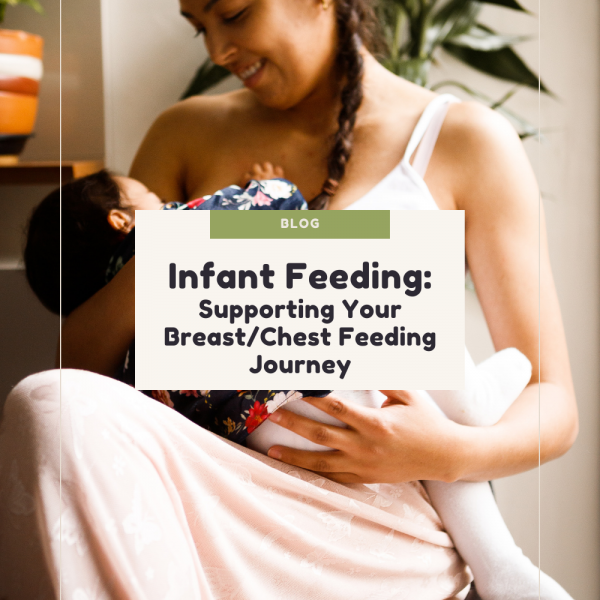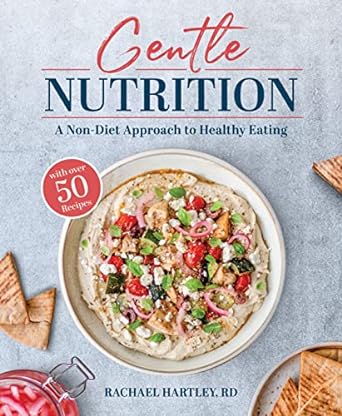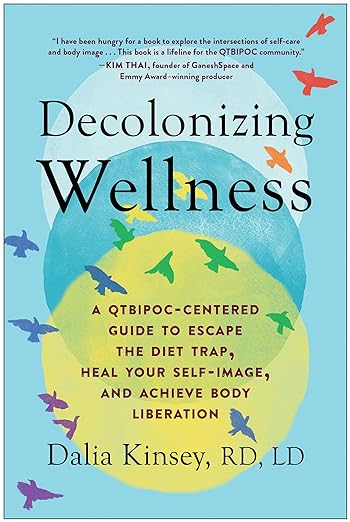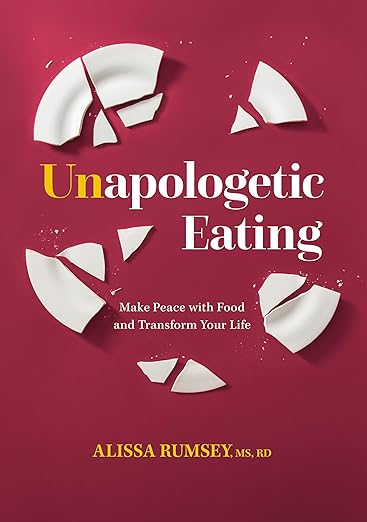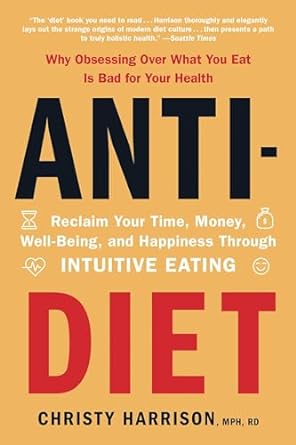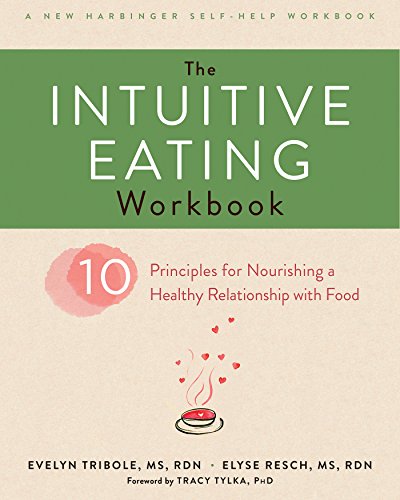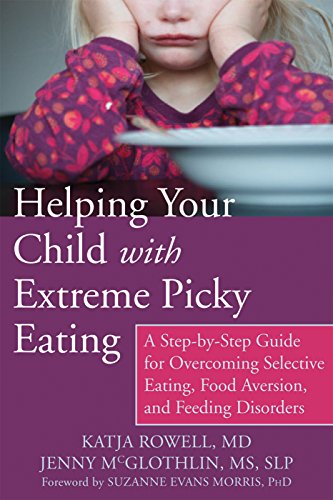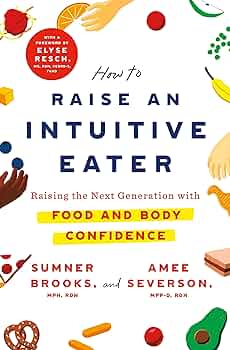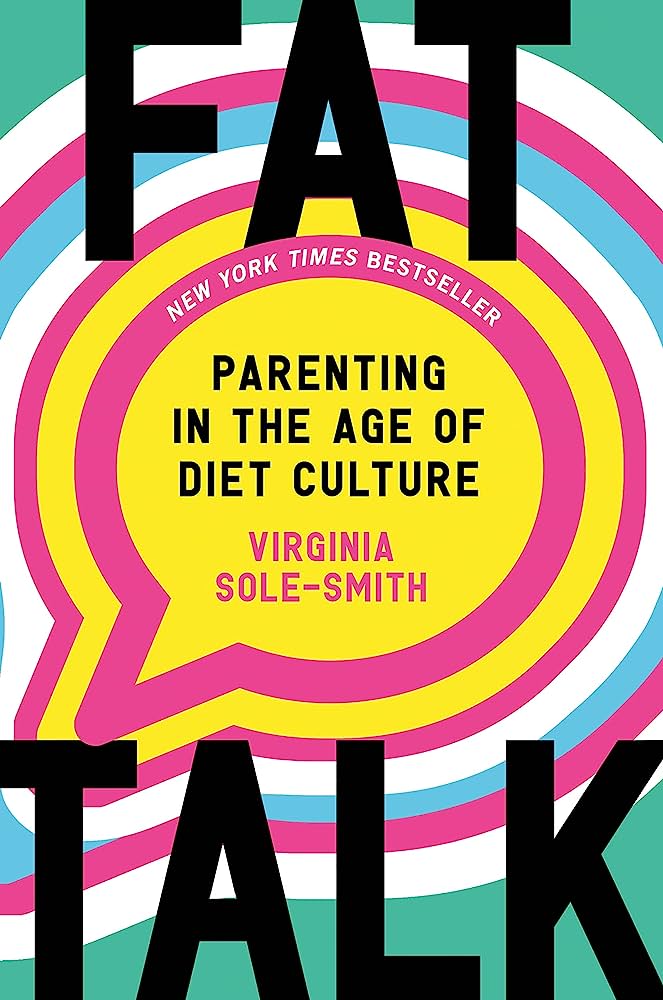Introducing allergens to babies can be a daunting topic for new parents, but we are here to help you navigate any questions or confusion around introducing potential allergenic foods to your little one.
It is okay to feel overwhelmed. We are here to share the most up-to-date and evidence-based guidelines on introducing solids to help ease your nerves. Together we can help make a plan to guide you and your family in making the best decisions for your unique situation!
What allergens are common in children?
Top foods that can cause allergic reactions are:
- Eggs
- Peanuts
- Tree nuts
- Fish
- Shellfish
- Wheat
- Soy
- Mustard
- Sesame
- Cow’s milk
In this article we are going to focus on egg and peanuts and how to slowly introduce them to your solid-starting infant.
Previous Recommendations for Introducing Common Allergen to Babies
Previous recommendations delayed introduction of allergens and suggested waiting until they were 2 or 3 years old. Extensive research has shown you no longer need to delay incorporating these foods into your child’s diet! Research has shown that it is actually beneficial for your child to be fed these foods in early stages of starting solids, and consistent offerings has been shown to help decrease the chances of your child developing sensitivities.
What are the new guidelines for for Introducing Common Allergen to Babies?
Infants at High-Risk for Allergens
- For infants who are at high-risk for allergens (this includes kids with eczema, asthma, allergic rhinitis, or one of their first-degree relatives have a food allergy), they should be given peanuts while starting solids at the 4-6 month age. the recommendation for high-risk children is a little sooner than kids who have low risk in order to help combat potential sensitivities.
Infants at Moderate-Risk for Allergens
- If your child either has mild-moderate eczema, or does not have eczema or other risk factors, you can add in common allergens while you are introducing solids around the 6 month or when they are showing all developmental signs of readiness to start solids..
- If you have questions regarding the risk of allergens for your child, speak to your primary care provider.
When is your baby ready to start solids?
If your child is showing all developmental signs of readiness, you can start introducing solids. There is the most evidence to reduce risk of developing allergens around peanuts and eggs and since there are clear guidelines we suggest starting with these foods.
Introducing Peanuts to Babies 🥜
Why should I serve peanut butter to babies?
Whole peanuts are not an appropriate texture for babies starting solids as they can be a choking hazard. It is suggested to use natural peanut butter without added salt or sugar (avoid mixed nut butters to ensure you are only seeing a potential reaction to one allergen).
How to serve peanut butter to babies:
Peanut butter can be very sticky which can be a choking hazard. It is recommended to thin the peanut butter out or add it into food that is already pureed and has moisture. You can mix peanut butter with warm water, human milk/formula to make it a safer consistency for your baby. Additionally, you can mix it with infant cereals, fruit purees or mashed and moist foods such as avocado or banana.
How much peanut butter should you serve to babies?
Start with about 2 tsp can be given 2-3 times per week.
Introducing Eggs to Babies 🥚
How to serve eggs to babies:
Eggs can be cooked and then mashed and added to food that’s already pureed, or you can serve eggs as finger foods (think omelette strips around the size of two adult fingers). Try making a hard boiled egg and mashing it up with cereal or an avocado. It is recommended to ensure eggs are cooked thoroughly to prevent risk of food-born illness.
How many eggs should you serve to babies?
You can estimate about 1/3 of an egg 2-3 times per week.
How much to give your child at first?
You don’t need to feed your child the full amount right away. Begin with a little amount, check for the development of any symptoms within about 10 minutes, and if none occur, feel free to continue on with the rest of what you made.
Once you have introduced peanuts and eggs it is important to continue to provide the suggested amount of these foods weekly to maintain tolerance to that allergy.
Allergic Reactions
Where should parents introduce potential allergens?
You may have heard of people introducing potential allergen foods in a hospital parking lot or close to their doctors office. This is not necessary, especially if you are child is at low risk of developing a food allergy. If you are feeling a bit anxious, that is okay! Chat with your primary care provider about an option that make you feel the most comfortable.
It is recommended to do your first introductions of potential allergen foods at home in a safe space where you can watch out for symptoms. If possible, give a potential allergen food before play time instead of a nap or bedtime so you can observe any potential reactions.
What does an allergic reaction look like?
Here are symptoms you may see when a baby is having an allergic reaction to foods:
- Hives
- Lip, eye, or facial swelling
- Vomiting
- Difficulty breathing
- Skin colour changes (a baby can become pale or slightly blue)
- The onset of fatigue in your child or if they seem to be limp
- Irritability, crying, or hanging on to caregiver
- If your child develops some redness on their skin around their mouth or if a food touched another part of their body and it has turned slightly red, this could just be irritation, so don’t be too concerned about a potential allergy unless you view the above symptoms
If severe symptoms occur, get medical attention immediately.
How soon will I see symptoms in my baby?
Symptoms can occur anywhere from minutes after a food is given or within about 2 hours.
Questions about Introducing Common Allergens to Babies
Can I introduce allergens all at once?
While it’s important to not delay your child’s exposure to allergens, we suggest introducing allergens one at a time. By doing this, you can look for reactions to certain foods and know which common allergen may have contributed to the reaction. Introducing potential allergens are unlikely to cause a very severe reaction at the first time and so it is recommended that once you give your child a potential allergen to continue to offer that food. Continued exposure can help reduce risk of developing food allergies or sensitivities.
Which allergen foods should I introduce first?
As peanuts and eggs have been studied in great length, we recommend introducing these foods first. Once you have introduced these foods, we recommend prioritizing foods that you have in your household and commonly eat as a family. For example if you include tree nuts often but don’t eat a lot of shellfish in your household then prioritize tree nuts over shellfish. If your family does not eat foods for ethical or cultural reasons, you do not need to introduce these foods to your baby.
How long should I wait in between new allergen introductions?
There are varying recommendations on how long to wait between introducing allergens, a general rule of thumb is 2-5 days but it all depends what you’re personally comfortable with. For simplicity, a lot of families find introducing an allergen weekly can help them keep track of what foods they have introduced.
How often should I give my child these foods after the initial introduction?
The recommendation to introduce allergen foods early and give often, but what does that look like?
For peanuts and eggs, it is recommended to continue to give these foods 2-3 times per week once they are introduce to maintain tolerance to the allergen. Regularity is key with peanuts and eggs, so be sure to keep incorporating them if your child did not have an adverse reaction with first exposure! With peanuts specifically, research shows that keeping peanuts in your child’s diet for about 5 years can help maintain tolerance and prevent developing a food allergy.
Once you have introduced other allergen foods it is recommended to provide these based on ‘healthy eating guidelines’. Overall this recommendation is very vague, we recommend offering foods overall should honour your family’s culture and food preferences. Tree nuts, fish, shellfish, cow’s milk, soy, wheat, mustard, and sesame can be included daily, a few times a week or a few times a month in healthy eating patterns. Aiming to provide these foods at least once per week can help maintain tolerance to the allergen.
Food ideas to include common allergens that work well for kids under 1 years old include:
- Tree nuts: nut butters mixed in cereal or fruit puree
- Wheat: Pancakes made with oats and gluten-containing flour or pasta
- Soy: tofu strips or mashed edamame beans
- Sesame: sesame seeds mixed into cereal
- Cow’s milk: yogurt and cheese, muffins baked with milk
- Mustard: mustard seed mixed into pasta sauce or pureed soups
- Fish/shellfish: fish sticks or crab cakes
Overall, by introducing allergens to your child when you start giving solids, it can help reduce their risk of developing allergies and sensitivities.
A Summary for Introducing Allergenic Foods to Babies:
- You can help your child reduce their risk of food allergies by introducing common allergens around the 6 months while starting complementary feeding, or around 4-6 months for children who are at high risk
- If a potential allergen does not give a reaction to your baby, consistently give this food 2-3 times each week
- It is okay to be scared! But remember initial introductions of foods are rare to lead to a severe reaction
- Introduce one new food at a time so you can assess how they react. You can wait 2-5 days in between foods, or whatever you are comfortable with

Don’t know where to start?
Follow us to keep up to date with recommendations or book a discovery call to get some help with your individual needs.
We understand the complexities that come with introducing solids, and we are here to guide you through every step to keep you and your family empowered in your child’s feeding journey!
Related articles and resources:
https://www.ncbi.nlm.nih.gov/pmc/articles/PMC10354996/
https://pubmed.ncbi.nlm.nih.gov/33127520/
https://cps.ca/en/documents/position/allergenic-solids
https://foodallergycanada.ca/wp-content/uploads/EarlyIntro_Web.pdf
https://foodallergycanada.ca/wp-content/uploads/Eat-Early-Eat-Often.pdf
https://keepfoodsafe.org/food-allergy/
Disclaimer
Information provided by our dietitians is for general education and is not medical advice.

